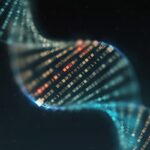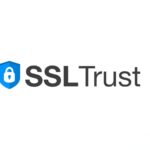Encryption, for the uninitiated, might seem like a realm of complex math and even more complex jargon. But bear with me as we dive into one of the most fascinating types of encryption: ECDSA. Whether you’re tech-savvy or just starting to grasp the basics, this guide is designed with you in mind.
A Brief History of Encryption
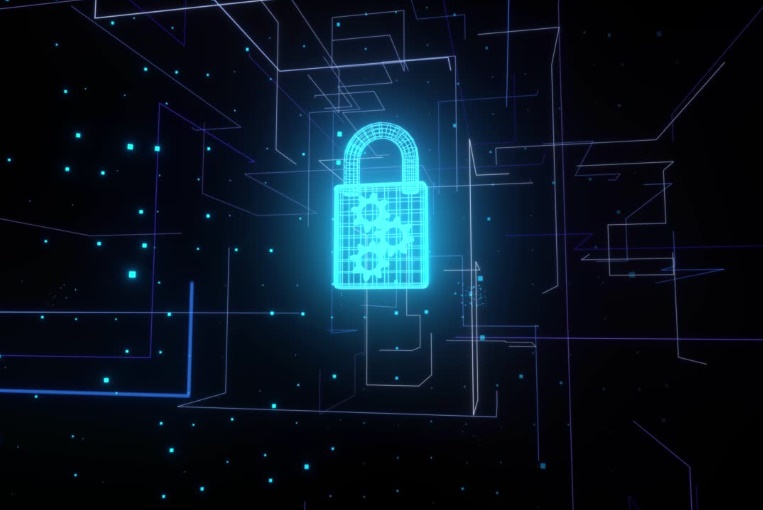
Before we delve into ECDSA, it’s worth taking a moment to understand the broader history of encryption. By appreciating the foundations, its unique attributes will shine even more brightly.
From Hieroglyphs to Caesar’s Code
Ancient civilizations used simple encryption techniques, like the famous Caesar’s cipher, where each letter in the plaintext was shifted a certain number of places down the alphabet. While basic, it paved the way for the intricate systems we have today.
Modern Era and Digital Encryption
With the dawn of the digital age, encryption methods needed to evolve. As data started flowing over the internet, traditional methods were no longer secure. This led to the development of modern encryption algorithms, of which ECDSA is a shining example.
The Basics

Now that we’ve set the historical stage, it’s time to unravel the mystery of ECDSA. Standing for Elliptic Curve Digital Signature Algorithm, ECDSA is less about concealing information and more about verification.
Elliptic Curves and Their Magic
The Basics of Elliptic Curves
Elliptic curves are algebraic structures defined by specific mathematical equations. Visualize a smooth curve that crosses the X-axis at different points. It’s their unique properties that make them so suitable for encryption and digital signatures.
Why They’re Crucial for ECDSA
In the world of encryption and hashing, the strength of a system often depends on mathematical operations that are easy in one direction but challenging in reverse. Elliptic curve cryptography (ECC) exploits the difficulty of solving certain problems related to these curves. For instance, given two points on a curve, it’s straightforward to find a third point. But doing the reverse, given one point, it’s computationally hard to determine the original points.
The Digital Signature Aspect

Signing and Verifying
Digital signatures are like the electronic equivalent of a handwritten signature or a stamped seal, but far more secure. In ECDSA, a private key creates a signature, and a public key verifies it. This ensures data integrity and confirms the identity of the message sender.
Advantages Over Other Systems
Elliptic Curve Digital Signature Algorithm has several benefits:
- Speed: It’s faster than many other signature algorithms.
- Security: Even with shorter key lengths, ECDSA offers robust security.
- Flexibility: It can be used in various systems and applications, from cryptocurrencies like Bitcoin to secure email platforms.
Practical Applications of ECDSA

So where might you encounter Elliptic Curve Digital Signature Algorithm in the wild? As it turns out, many modern systems rely on its robustness and efficiency.
Cryptocurrencies and Blockchain
Ever heard of Bitcoin? The integrity of transactions in many cryptocurrencies is ensured by ECDSA. When someone sends Bitcoins, Elliptic Curve Digital Signature Algorithm verifies the authenticity of the transaction.
Secure Email and Messaging Platforms
In platforms where data integrity and sender verification are vital, ECDSA is a popular choice. It ensures that the message received is the exact one that was sent and it indeed came from the claimed sender.
Elliptic Curve Digital Signature Algorithm: The Future of Encryption?
With technology continually evolving, one might wonder about the longevity and future relevance of ECDSA.
Current Advancements and Challenges:
While Elliptic Curve Digital Signature Algorithm has been a game-changer, it’s not without challenges. Quantum computing, a still-developing field, poses threats to many encryption methods, including ECDSA. However, the cryptographic community is actively developing quantum-resistant algorithms.
What Lies Ahead:
Despite potential challenges, ECDSA remains a cornerstone in digital signatures. Its efficiency and robustness ensure its continued relevance, at least for the foreseeable future. The evolution of technology is a given, but so is the adaptability of encryption methods.
The Mathematical Underpinnings
While we’ve looked at ECDSA from a high level, the math behind it is genuinely mesmerizing. Let’s break it down for those who wish to understand the gears turning behind the curtain.
The Beauty of Prime Numbers
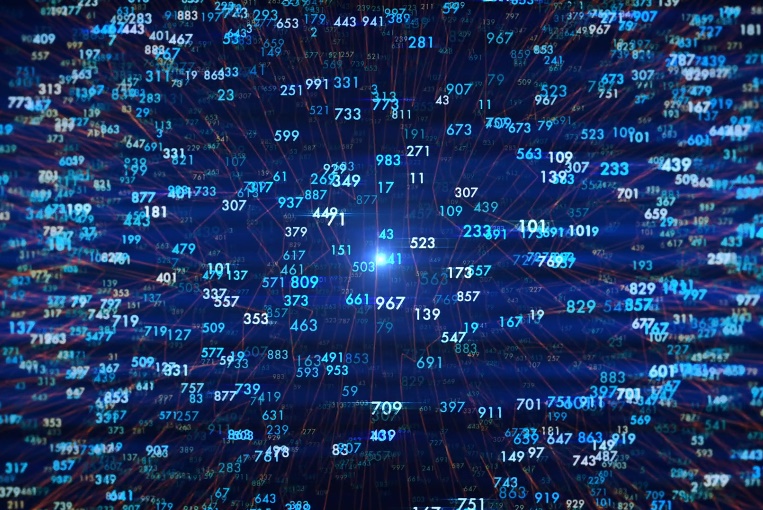
Prime Numbers and Their Role
In cryptography, prime numbers, especially large ones, have a special place. Their unpredictability and the complexity involved in factoring large numbers make them a cornerstone. ECDSA, like many encryption methods, relies on the properties of prime numbers to ensure security.
Why Can’t Hackers Just Factor Them?
While it’s easy for a computer to multiply two large prime numbers, the reverse—factoring a large number into its prime components—is incredibly time-consuming. This asymmetry ensures that even if a hacker knows the product of two primes, they can’t easily determine the original numbers, ensuring the security of the encrypted data.
Point Multiplication
The Basics
Remember when we talked about elliptic curves? Point multiplication involves adding a point to itself repeatedly. In simple terms, if you’re multiplying a point P by a number n, you’re adding P to itself n times. But it’s not traditional arithmetic; it’s a unique addition defined by the properties of the curve.
Why It Matters for ECDSA
Point multiplication is a one-way street. Given points P and Q, and knowing Q = nP, it’s easy to compute Q if you have n and P. However, trying to determine n given just P and Q is incredibly hard. This concept is vital for ECDSA’s functionality and security.
Real-World Concerns: The Safety of ECDSA

No system is infallible, and ECDSA is no exception. Let’s talk about its vulnerabilities and what’s being done to address them.
Side Channel Attacks
What Are They?
Side channel attacks don’t attack the math; they attack the implementation. By observing various physical properties of a system, like power consumption or electromagnetic emissions, hackers can sometimes infer data about private keys.
Combatting Side Channel Attacks
To protect against these, systems need to be designed with physical security in mind. Randomizing certain processes or adding noise to mask emissions are methods being explored and implemented.
The Quantum Threat
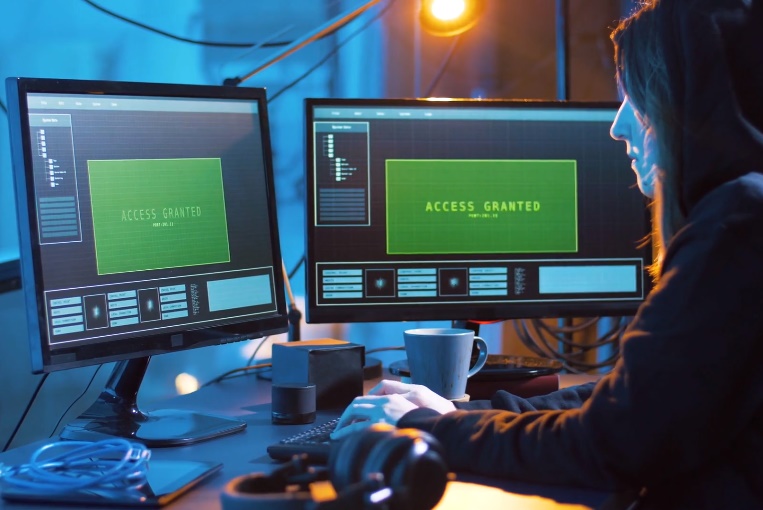
Quantum Computers
These are still in their infancy but hold the potential to disrupt traditional encryption methods. Quantum computers can, in theory, solve certain problems much faster than classical computers, potentially rendering some encryption methods obsolete.
Post-Quantum Cryptography
The cryptographic community is aware of this looming threat and is proactively developing encryption methods that quantum computers will find difficult to crack. While ECDSA might face challenges, the journey toward more quantum-resistant algorithms is already underway.
FAQs
Can ECDSA be used for encryption?
No, it cannot be used for encryption. It’s designed for signing and verifying data, not for encrypting it.
Why are ECDSA keys shorter than RSA keys?
They are shorter than RSA keys because elliptic curve cryptography provides the same level of security with shorter key lengths compared to traditional methods like RSA.
Is there a way to use ECDSA for encryption?
While ECDSA itself cannot be used for encryption, there are other elliptic curve-based methods, such as ECIES (Elliptic Curve Integrated Encryption Scheme), that can be used for encryption.
Why shouldn’t ECDSA keys be reused for encryption?
Reusing them for encryption can lead to vulnerabilities. Using the same key for different cryptographic purposes is generally not recommended as they might interact insecurely.
How does ECDSA differ from RSA?
ECDSA is based on elliptic curve cryptography, while RSA is based on the difficulty of factoring large numbers. ECDSA keys are typically shorter than RSA keys for the same level of security.
What are the typical applications of ECDSA?
It is commonly used in digital signatures, especially in systems where shorter key lengths are beneficial, such as in embedded systems or cryptocurrencies like Bitcoin.
Are there any encryption schemes similar to ECDSA?
While ECDSA is not used for encryption, there are encryption schemes like ECIES that use elliptic curve cryptography and are similar in structure to ECDSA.
How does ECDSA ensure data integrity?
It provides a mechanism to sign data using a private key. Anyone with the corresponding public key can then verify the signature, ensuring the data has not been tampered with.
Is ECDSA more secure than RSA?
For the same key length, RSA and ECDSA offer comparable security. However, ECDSA can achieve the same security level as RSA with much shorter key lengths, making it more efficient in certain applications.
Final Words
ECDSA is more than just another encryption algorithm; it’s a testament to how far we’ve come in ensuring data integrity and security in the digital age. While the complexities of elliptic curves might seem daunting, their application in our daily digital interactions is both seamless and secure. As with all technologies, challenges lie ahead, but with challenge comes opportunity – and the encryption world, with ECDSA at the forefront, is well poised to seize them.





